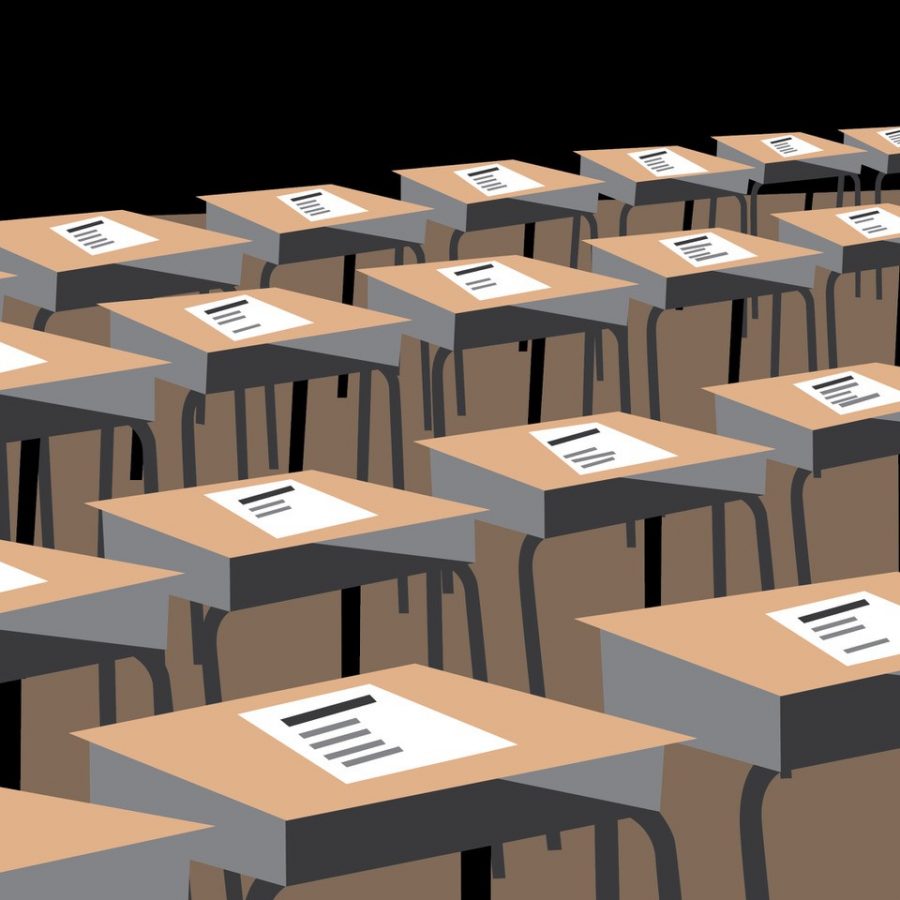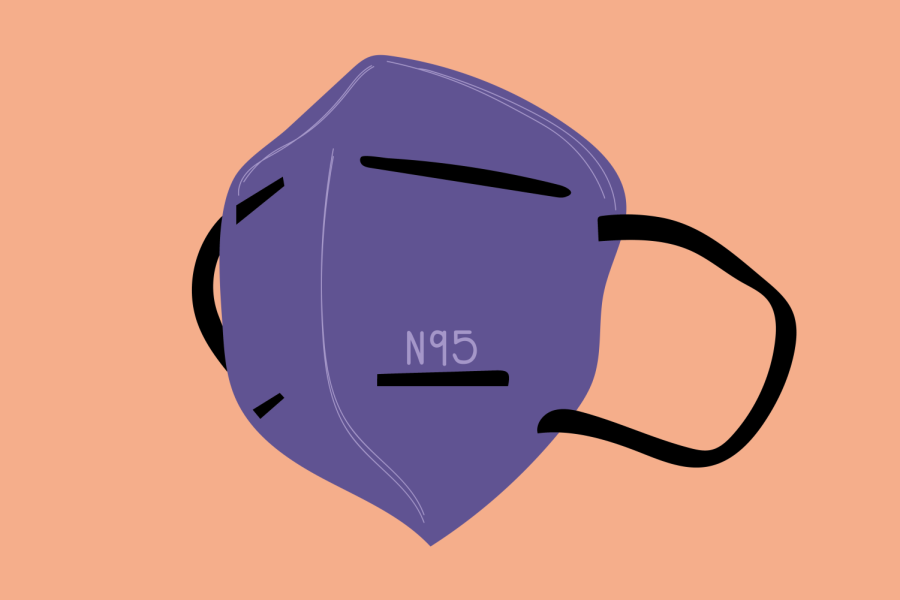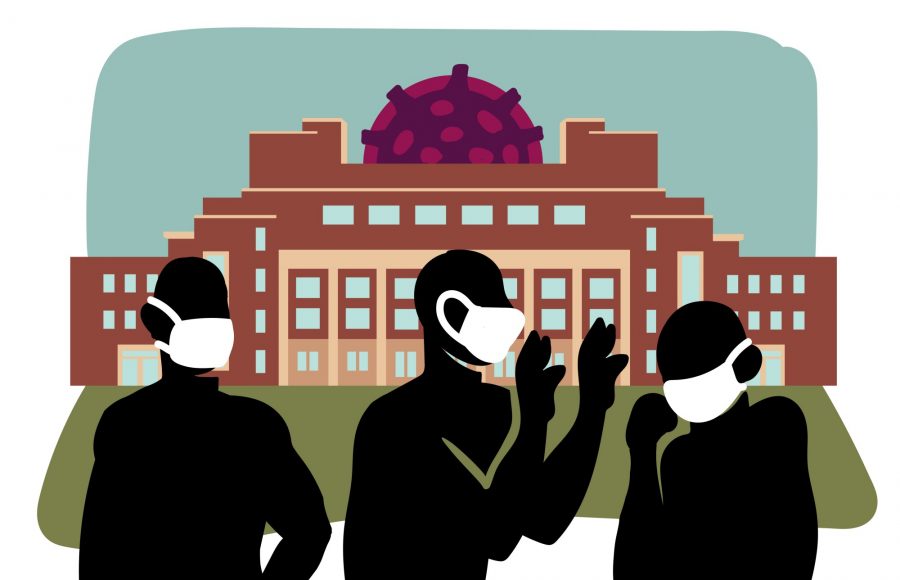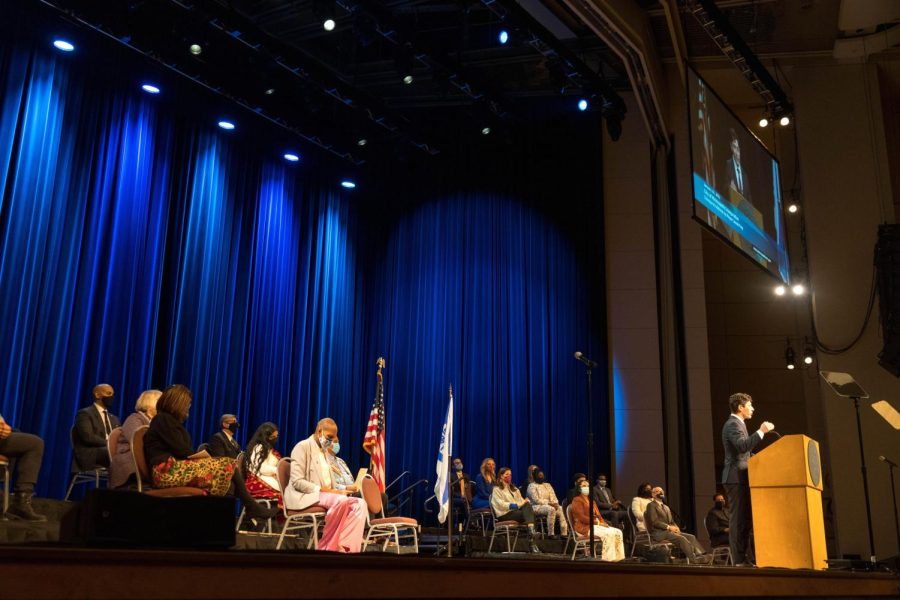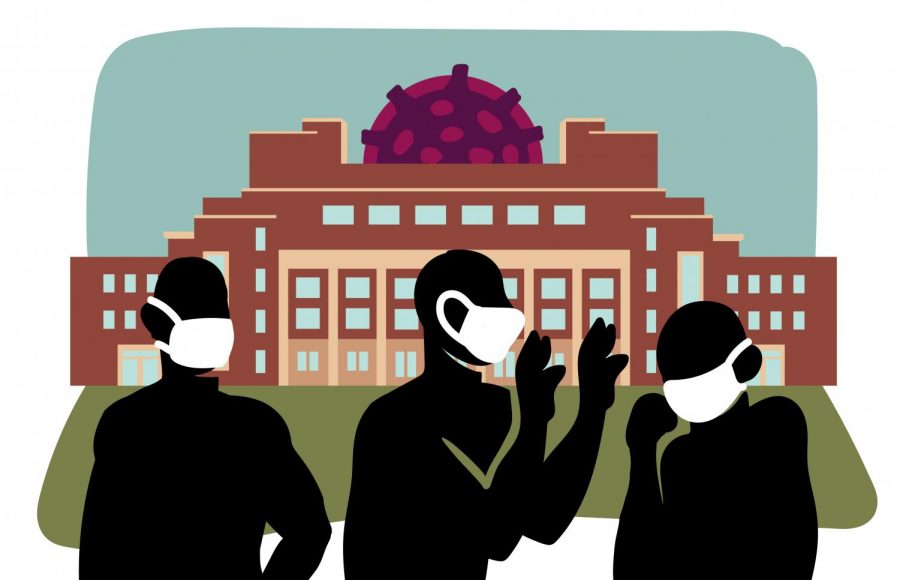University of Minnesota Twin Cities faculty members have a little more than four days to transition their curricula to alternative instruction — an easy task for some and tenuous feat for others.
President Joan Gabel announced Wednesday that due to coronavirus concerns, all University system campuses will transition to online or alternative classes until at least April 1. The University Twin Cities’ spring break was extended two days to give faculty and staff additional time to redesign their courses. Ultimately, it is faculty and staff who will decide how they want to format their alternative instruction.
“You are empowered to decide what is most appropriate and workable for your course, your instructional responsibilities, and your teaching style,” wrote Executive Vice President and Provost Karen Hanson in an email to faculty and staff.
For laboratory, clinical and practical classes, college leadership and faculty will decide how best to move forward with these classes that often require person-to-person contact, Hanson said in the statement.
As of Friday, there are 14 confirmed coronavirus cases in Minnesota, with 3 to 5 confirmed in Hennepin County alone. One University student has tested positive for COVID-19. Governor Tim Walz declared a peacetime state of emergency Friday and recommended people reduce interaction with others and enact “social distancing,” or keeping at least 6 feet away from another person.
Faculty and staff have resources to consult in their transition, such as the Provost’s Office’s recently-launched Keep Teaching guide, which provides tools and online trainings to aid faculty with the changes.
Many recognize that the University is making the best decisions it can in this growing public health crisis, said Amy Pittenger, Faculty and Consultative Committee chair.
“We recognize that what information we have available to us is constantly changing,” Pittenger said. “I think people are trying to keep in the front and center that we’re trying to keep everyone healthy and safe.”
Faculty may still use the classroom assigned to their class during the allotted class time, but students may not join them in the classroom at least through April 1.
“Certainly this is stressful for a lot of people and depending on different people’s circumstances, this is causing more or less stress,” Pittenger said.


